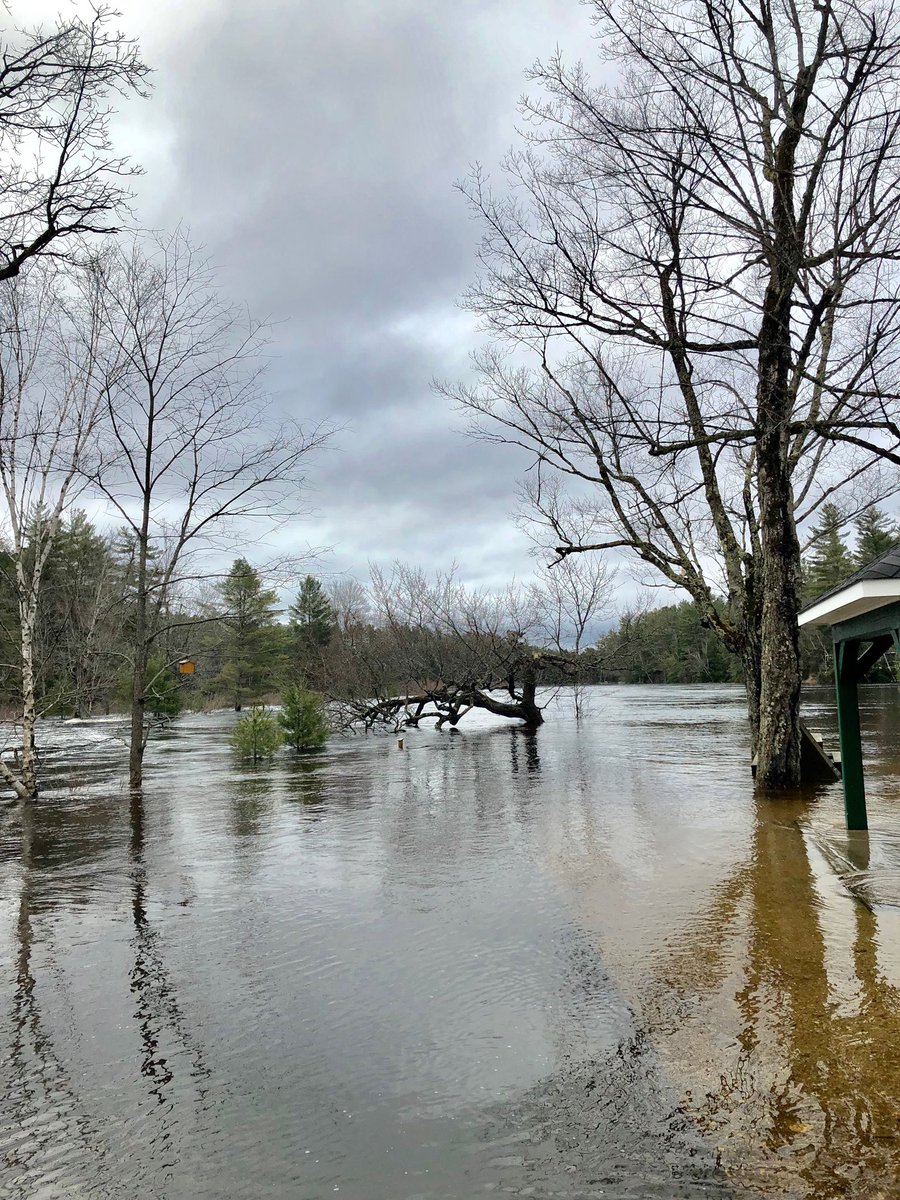
The worst appears over for flood-stricken areas across eastern Canada.
Public Safety Minister Ralph Goodale said the situation appears to be getting better – water levels are dropping in Quebec and New Brunswick, while the Ottawa River was supposed to crest Friday.
“Now you get into the long slog,” Goodale told reporters in Ottawa on Friday.
“When the water starts to subside, it subsides very gradually and it leaves one awful mess behind it. It’s very difficult to come to terms with that if that is your home, your life’s work, all of your special treasures and it’s damaged in a such a horrendous way.”
More than 7,000 homes in Quebec remained flooded and just over 10,000 people were unable to return home Friday.
Goodale announced a $2.5 million grant to the Canadian Red Cross to help the group disperse $600 emergency funds to affected homeowners to pay for food, essential supplies, clothing, or a temporary place to stay.
The emergency assistance program will likely cost between $4 million and $6 million, said Conrad Sauve, president of the Canadian Red Cross. The final tally including the cost to help people cleanup their properties and communities is less clear, he said.
“It’s very difficult to address exactly how much money we’ll need because the recovery part could be longer and there will be additional needs,” he said.
“This first phase could cost us between $4 and $6 million. It’s the best way we can help people at this stage is to provide them direct cash assistance.”
Areas that have passed the worst of the high water will see levels remain high for another week before the water substantially subsides, Goodale said.
Thousands of volunteers who helped with filling and setting up sandbags around homes to protect properties will also be needed to help with cleanup, he said.
In the last number of days, conversations have focused on the withdrawal of military troops sent in to communities that declared states of emergency, Goodale said. He will also meet next week with his provincial counterparts to “take stock of where we are and what we need and what we can do to respond.”
Goodale said federal officials are also keeping a close eye on First Nations communities in Ontario, particularly around James Bay, that could be affected by flood waters soon.
In Grenville-sur-la-Rouge, Que., about halfway between Montreal and Ottawa, residents were allowed to return home after Hydro-Quebec confirmed the structural integrity of a dam.
About 140 people in the community along the Ottawa River had to leave their homes last week after the utility said water levels at the dam in the western Laurentians had hit an extreme limit.
In New Brunswick, health and safety inspection teams were fanning out across flood-affected regions on Friday, assessing homes and businesses that are still drying out amid receding floodwaters.
“The river level forecast is favourable, and water levels are continuing to recede, but people should only return to their homes when it is safe to do so,” the province’s Public Safety Department said in a statement.
New Brunswick’s Emergency Measures Organization said the teams will inspect electrical systems and determine if repairs are needed.
Meanwhile, the province rolled out a disaster financial assistance program Friday, saying affected property owners could receive a maximum of $160,000 for structural repairs to private residences, and up to $500,000 for small businesses and non-profit organizations.
Public Safety Minister Carl Urquhart said the province was committed to coming up with a better long-term plan to deal with the impact of recurring spring flooding.
Officials in New Brunswick have renewed warnings to residents and business owners to be aware of lingering, less-obvious threats such as mould, contaminated household items that may appear clean, and sharp debris that may have washed onto land.
In Ontario’s sodden cottage country, officials announced plans for disaster recovery assistance for residents in Bracebridge and Huntsville.
The Ministry of Municipal Affairs and Housing extended the program to those central Ontario communities.
Earlier this week, it activated the program in the Renfrew County and Pembroke in eastern Ontario.
The program applies to primary residences and their basic contents, as well as to small businesses, farms and not-for-profit organizations.
As is the case in New Brunswick, damages to cottages or other secondary residences will not qualify.
Meanwhile, the town of Bracebridge said water levels in the Muskoka River are receding, but are still higher than normal.
Premier Doug Ford was in Muskoka region, where he said the damage from the flooding breaks his heart.